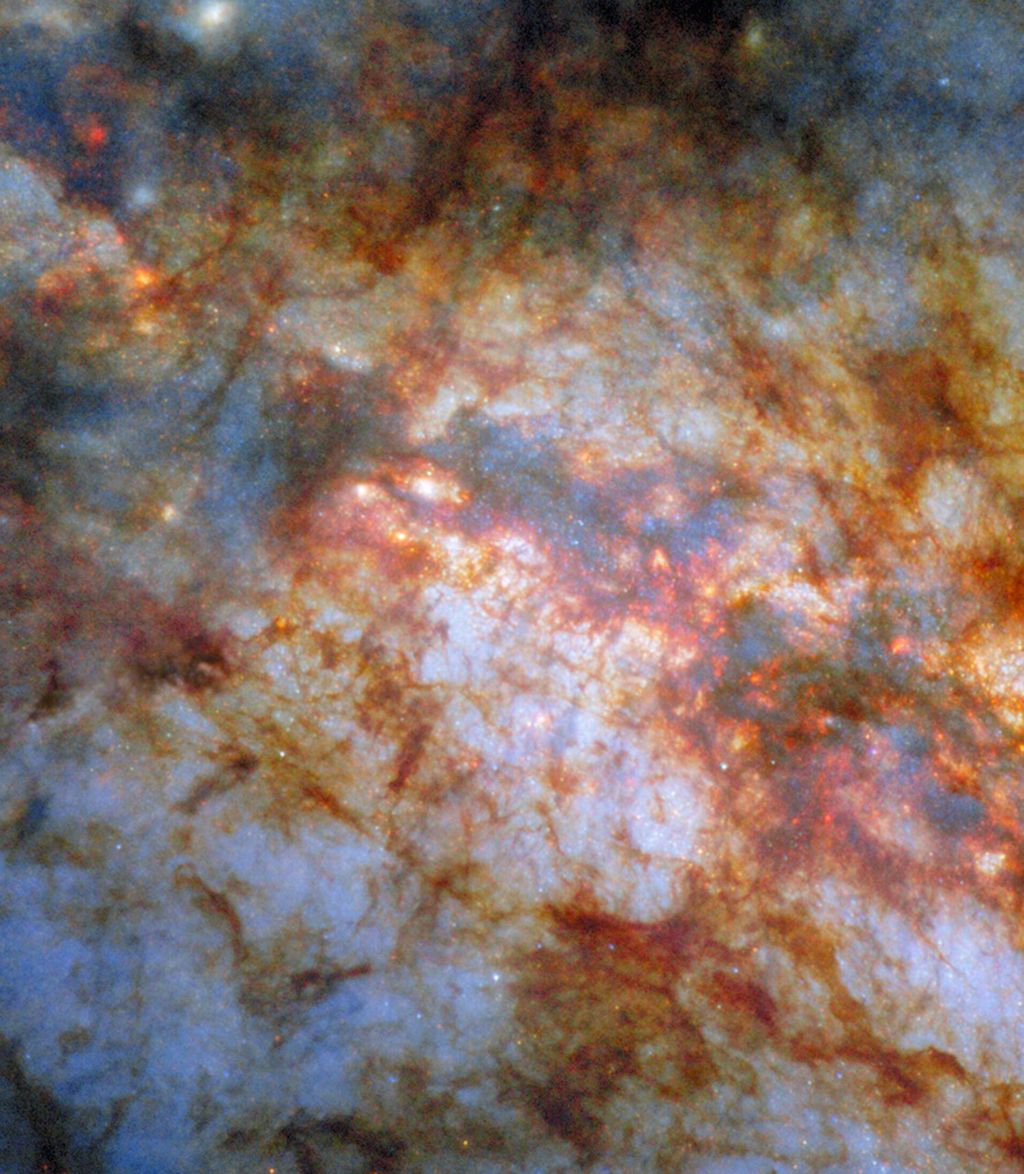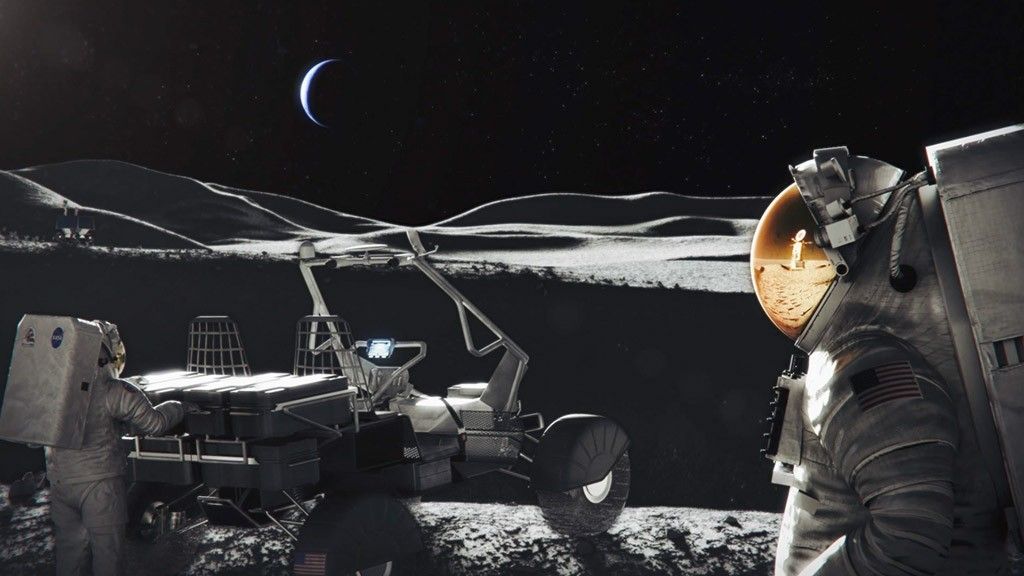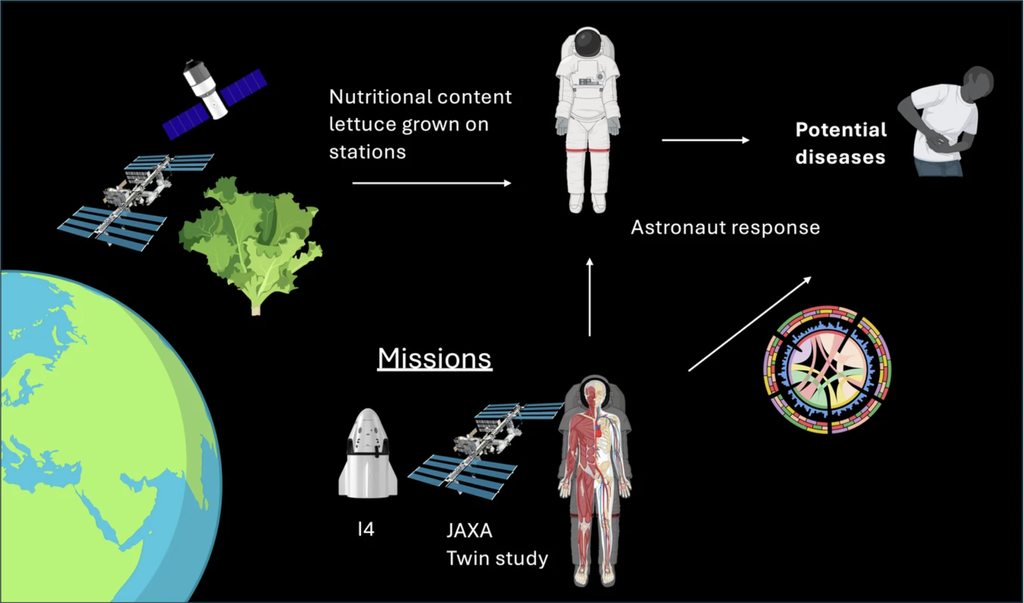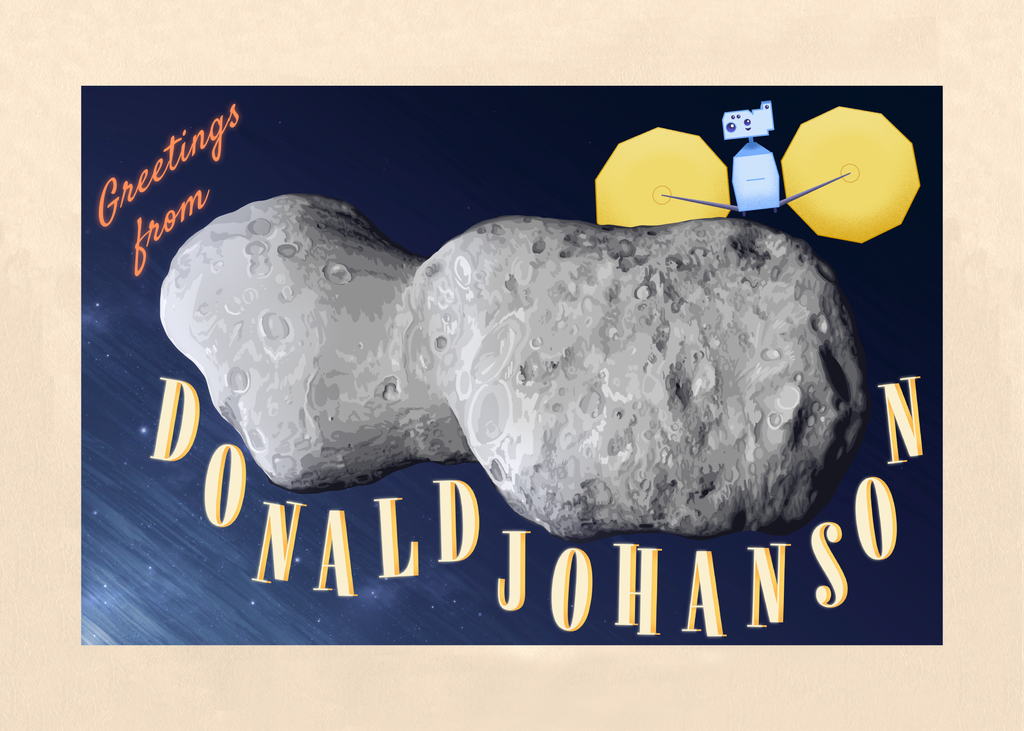Galaxies SIG Seminar
Galaxies Science Interest Group (Galaxies SIG)
DATE
Dec 04, 2024
TIME
11:00am
COMMUNITY
Galaxies SIG
TYPE
Seminar
Don't You (Forget About Cosmic Noon)
Allison Strom, Northwestern U.
A significant fraction of all stars ever born formed during a 2–3 Gyr period around z~1-3, when both cosmic star-formation rate density and quasar number density reached their peak values. As a result, this epoch—commonly known as "Cosmic Noon"—represents a key phase in galaxy evolution and has been studied extensively over the last decade. In recent years, our ability to characterize galaxies at these redshifts has improved dramatically thanks to the capabilities of JWST, even as JWST has given new meaning to the term "high redshift." As we continue to push toward observing the first galaxies, it is also important to continue investigations focused on Cosmic Noon, where we can now observe nascent galaxies in exquisite detail and study the physical processes regulating galaxy evolution at time when many galaxies were growing rapidly. To this end, I will review exciting new developments about z~1–3 galaxies, particularly related to lower mass galaxies, massive stars, and galaxy chemistry—all of which may also provide clues about galaxy development at even earlier times. I will also highlight areas where we as a community are poised to make significant breakthroughs in the future, using upcoming facilities and instruments like the Vera C. Rubin Observatory, the Subaru Prime Focus Spectrograph, and the Habitable Worlds Observatory.
News Straight to Your Inbox
Subscribe to your community email news list
We will never share your email address.





























